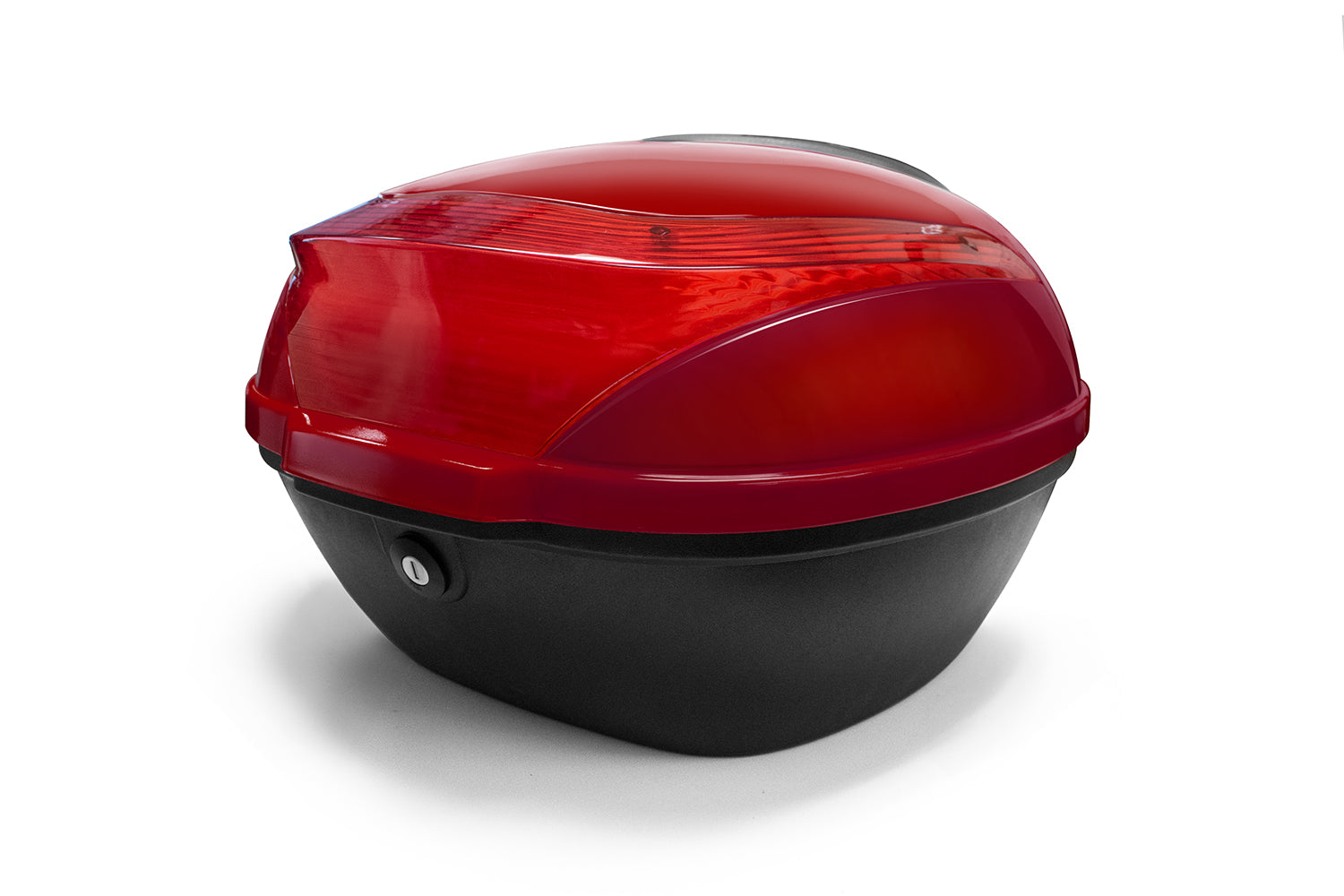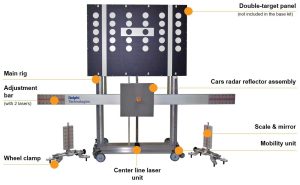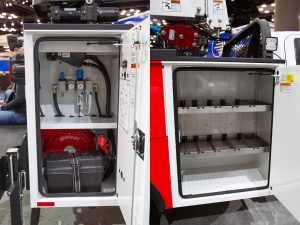
Micro-mobility Integration with Personal Vehicle Use: The Future of Getting Around
Let’s be honest. Your car is amazing for some things. A road trip? A big grocery run? Absolutely. But then there’s the other 90% of the time. The soul-crushing crawl through downtown traffic. The 15-minute quest for a parking spot that costs more than your lunch. The short trip to the train station that somehow takes just as long as walking.
There’s a better way. It’s not about ditching your car. It’s about making it smarter. The future of urban transportation isn’t a single magic bullet; it’s a patchwork. A quilt of options. And the most exciting piece of that quilt is the integration of micro-mobility with your personal vehicle.
What Exactly is This “Integration” Anyway?
Think of it less like a tech specification and more like a new mindset. Micro-mobility integration simply means using small, lightweight vehicles—think e-scooters, e-bikes, and even folding bikes—to handle the first and last legs of your journey, with your car covering the long middle part.
You drive to the edge of the city congestion zone, park easily (and cheaply), and then zip the final mile or two on an e-scooter. It’s about playing to the strengths of each vehicle. Your car is the interstate cruiser; the e-scooter is the urban ninja.
The “Why” is Obvious Once You Think About It
So, why would you bother? The benefits are, frankly, too compelling to ignore. This isn’t just a niche idea for tech enthusiasts. It solves real, daily headaches.
Slay the Parking Dragon
Parking is the universal urban nightmare. It’s expensive, stressful, and a massive time-sink. By using a micro-mobility vehicle for the final stretch, you can park in cheaper, more abundant lots on the periphery. You reclaim your time, your money, and your sanity.
Dodge Traffic Altogether
Bike lanes and scooter paths are often clear while car traffic is at a standstill. You glide past a line of idling cars, the wind in your hair, arriving at your destination not frazzled and late, but… early. It’s a small daily victory that feels huge.
A Nod to Your Wallet and the Planet
Less idling in traffic means lower fuel costs and reduced emissions. It’s a simple equation. Even swapping a two-mile car trip for a scooter ride a few times a week adds up to real savings and a smaller carbon footprint. It’s a personal choice with a positive collective impact.
Making it Work: The Practical Side of Vehicle Integration
Okay, you’re sold on the idea. But how do you, you know, do it? The logistics are easier than you might think. It boils down to two main approaches.
Option 1: The “Bring Your Own” Model
This is for the commuter who loves their own gear. You invest in a personal micro-mobility device. The key here is portability and storage.
- Folding E-bikes: These have come a long way. They fold down compactly and can fit in a trunk or even a backseat.
- E-scooters: The king of portability. A good quality e-scooter can fold down in seconds and be carried like a briefcase.
- Traditional Folding Bikes: The classic, non-electric option. Lightweight and great for a bit of exercise.
The challenge? Well, you have to haul it in and out of your car. And you’re responsible for its security and maintenance. But the upside is it’s always there, ready to go.
Option 2: The “On-Demand” Fleet Model
Don’t want the hassle of ownership? This is where public and private micro-mobility fleets come in. You use an app to find a nearby e-scooter or e-bike, unlock it, and ride. When you’re done, you leave it in a designated area (be a good citizen, please!).
The beauty is the spontaneity. No planning required. The downside? Availability can be spotty in some areas, and battery levels can be a gamble.
Gear and Tech: What You Need to Get Rolling
If you’re going the “Bring Your Own” route, a little preparation goes a long way. It’s not just about the scooter or bike itself.
| Item | Why It Matters |
| Quality Helmet | Non-negotiable. Safety first, always. |
| Secure Trunk Mount or Storage | A trunk rack or a simple cargo net keeps your gear from becoming a projectile in a sudden stop. |
| Portable Air Pump & Basic Tool Kit | For those just-in-case moments. A flat tire shouldn’t ruin your day. |
| High-Visibility Vest or Jacket | Be seen, especially in the early mornings or late evenings. |
The Hurdles on the Path (And How to Hop Over Them)
This integrated future isn’t without its speed bumps. Acknowledging them is the first step to solving them.
Infrastructure is Key: Cities designed solely for cars make this tough. We need more secure parking hubs on city outskirts with direct micro-mobility access. We need protected bike lanes that feel safe, not like an afterthought.
The Security Question: What do you do with your scooter when you get to the office? This is a real concern. The solution involves a mix of personal responsibility (good locks) and employer/urban provision of secure storage lockers.
Weather, Of Course: No one wants to scoot in a downpour. This model works best when it’s part of a flexible toolkit. On rainy days, you might drive all the way and pay for parking, or use public transit. The goal is having the option.
A Glimpse at the Horizon
This is just the beginning. The integration is going to get even smoother, almost invisible. Imagine your car’s navigation system automatically suggesting the optimal “park and scoot” point based on real-time traffic and parking data. Car manufacturers are already toying with built-in scooter docks and charging ports.
We’re moving towards a true multi-modal transportation ecosystem. A single app that plans your route, books your parking, and reserves an e-scooter, all billed to one account. The lines between car ownership and mobility-as-a-service are starting to blur.
Rethinking the Ride
So, what’s the takeaway? It’s this: your car doesn’t have to be an all-or-nothing proposition. By embracing micro-mobility as a partner to your personal vehicle, you’re not giving up freedom. You’re gaining it. You’re choosing efficiency over inertia, and agility over frustration.
It’s a shift from being a driver stuck in a system to a navigator mastering it. The open road and the city lane can, believe it or not, coexist. You just need the right key for each lock.



Average Rating